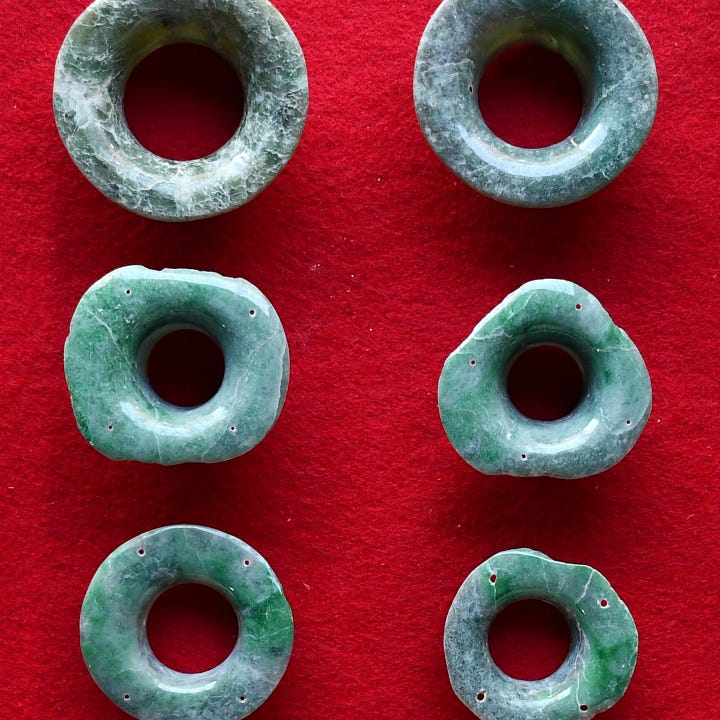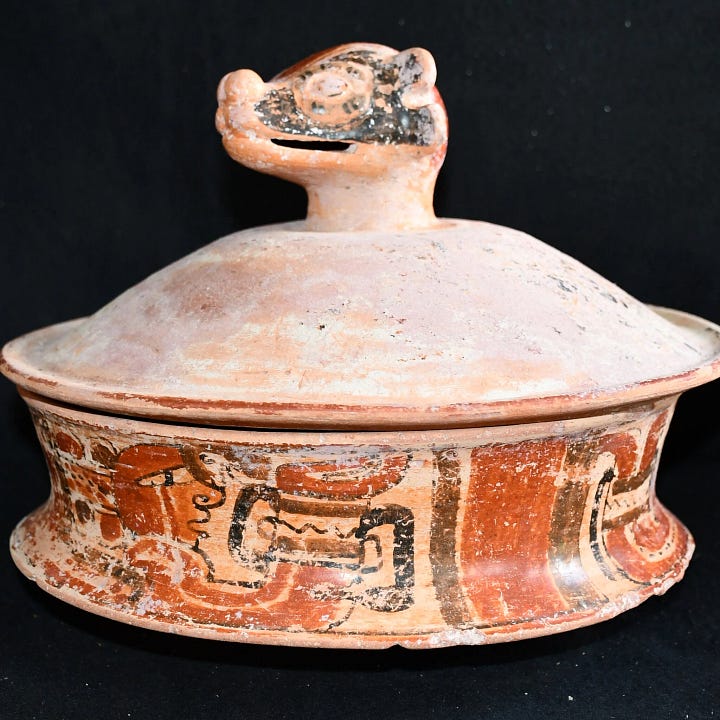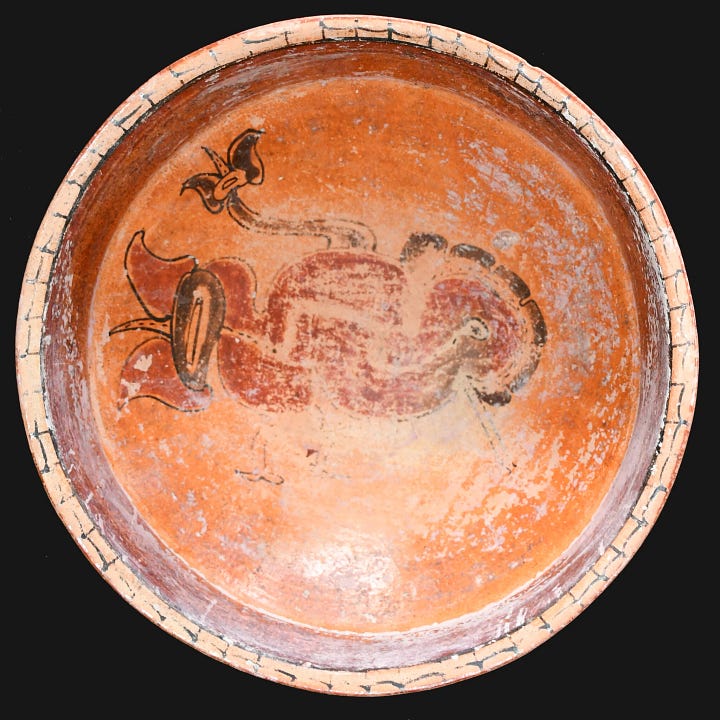Crossroads Roundup: Ed Sheeran's Painting Career, Extraordinary Maya Burial, and Egypt's First Ruler
This month's news in art, archaeology, culture, and more.
It’s been a busy month for art and archaeology news—Maya ruins, fairytale castles, medieval mysteries, and British pop stars all make appearances.
A royal tomb discovered at Caracol:
Our first story takes us to Belize, where the tomb of a Maya ruler was unearthed at Caracol. This is the first royal burial to be found at the site, which houses the largest Maya ruins in the country of Belize.
The 1700-year-old tomb was discovered by a husband-and-wife team of archaeologists from the University of Houston, Arlan and Diane Chase. Thanks to hieroglyphics found within the tomb, they were able to identify the ruler as Te K’ab Chak, who took the throne in 331 AD. This represents a very early ruler of the Caracol site, which would eventually grow into a major Maya city of 100,000 inhabitants before the Maya mysteriously abandoned it in 900.




What makes this an especially important find is the fact that Te K’ab Chak’s remains were well-preserve…




